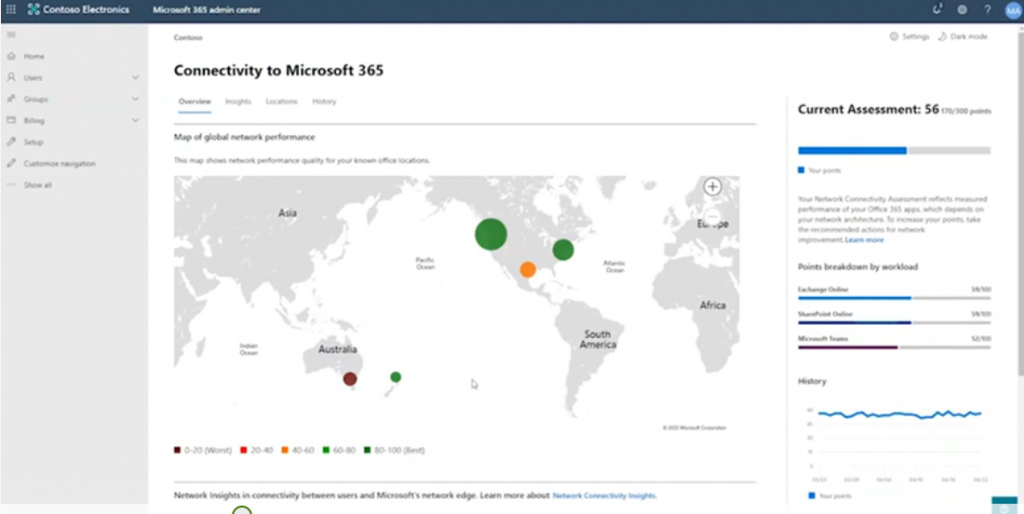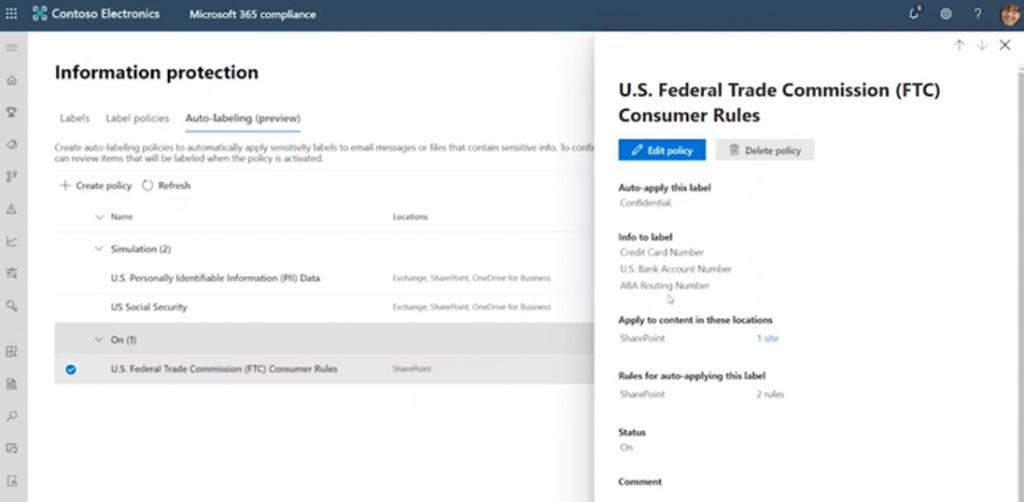Miss this Microsoft 365 session and want to see it in its entirety? You can view all #ShiftHappens Conference sessions on-demand here.
Read other #ShiftHappens Conference session recaps below:
- 3 Must-Know Remote Work Tips From Microsoft
- How to Establish Data Governance Strategies in Times of Change
- Boosting Office 365 Adoption: What You NEED to Know
- How to Maximize Data Retention in Office 365
If you want to transform your organization and respond to workplace changes on the fly, Microsoft 365 has you covered. In light of the COVID-19 pandemic and the increased need for comprehensive WFH tools, Jeff Teper spent the #ShiftHappens Conference endnote illustrating what Microsoft is doing to push collaboration forward for everyone.
From first premiering Microsoft Online Service availability in 2008 to announcing the future of SharePoint in 2016 and now coming together as a cohesive, all-encompassing platform, Microsoft 365 has been built upon for a long time. Here are just a few of the ways Microsoft is hoping to improve it.
Microsoft 365 Scalability
Since COVID-19 began, millions of organizations started using Microsoft 365. As such, Microsoft has had to focus on adding Azure capacity, users, and organizations at a faster rate while working to reduce operational costs.
To help businesses keep a handle on performance during this time of increased traffic (and in general), Microsoft is introducing Network Connectivity Insights in the Microsoft 365 Admin Center. On this page, admins will find a global map that shows all the locations users are working from, which can be easily delved into for specific recommendations on how to improve performance in any given region.

Secure Collaboration
As more users are working from home, they’re using Microsoft Teams to collaborate more on projects. To keep information as secure as possible when working remotely, Microsoft is integrating data loss prevention software into Teams to prevent the sharing of sensitive data. Once a policy is created and applied, messages that violate the policy will be blocked automatically.
Classification labels can also be automatically applied to important data and protected via auto-balancing policies. These policies ensure that sensitive information is secure without admins or users needing to take any further action.

Finally, Microsoft communication compliance helps admins foster a culture of inclusion and safety by helping to prevent negative behaviors like harassment and bullying. Just like the privacy policies mentioned above, admins can create communication policies that can automatically detect items of harassment, threats, and even profanity.
Streamlining Collaboration
Microsoft Teams brings together a ton of capabilities: calling, chat, meetings, channels, and community support via Yammer. And since people live in their communication platforms, Microsoft decided to bring both internal and external tools directly to into Teams for a more cohesive collaboration experience. This means that SharePoint documents, YouTube videos, and relevant wikis can all be accessed right from where users are already working. For more on Microsoft Teams tabs, click here.

Project Cortex
Microsoft first unveiled Project Cortex last year with the goal of making workflows even more seamless. Project Cortex leverages Microsoft’s AI technology to turn unstructured data in Microsoft 365 into convenient knowledge databases. Once implemented, a topic card will appear when highlighted terms are hovered over in Teams or Outlook exchanges. These cards will provide additional information (including associated people and resources) about the given topics.
Clicking on a card will bring you to a topic page with all the compiled information you’d need, complete with videos, PowerPoint presentations, and files that are associated with the topic. For more on Project Cortex, click here.
Jeff’s full presentation is accessible on-demand from the #ShiftHappens Conference homepage.

